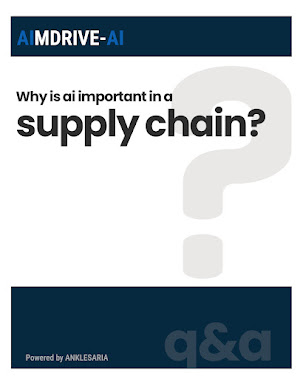Are We Sacrificing Quality for Margins in Construction Procurement?
In the construction industry, procurement decisions can make or break a project — both in terms of cost and quality. At many companies, there’s growing pressure on procurement managers to drive down costs as much as possible. While cost-efficiency is important, pushing subcontractors too hard on price often comes at a hidden cost: compromised quality.
This situation is all too familiar. Subcontractors, faced with razor-thin margins, may resort to using lower-grade materials, cutting corners on workmanship, or providing inadequate after-sales service — all of which can lead to delays, rework, or even safety issues. So how do you break this cycle and find a better balance?
Step 1: Define What “Good Quality” Looks Like
Before you can price a service or product fairly, you need to clearly define the level of quality you expect. In construction, quality doesn’t just mean durability — it can also mean precision, finishing, compliance with regulations, or even service-level commitments such as response times or on-site support availability.
For example, if your expectation is that a subcontractor must be available within 24 hours to address issues, that service level must be factored into your cost expectations. You cannot expect premium service at a budget cost.
Step 2: Understand What a Fair Price Really Is
Once the desired quality level is established, the next step is determining a fair and reasonable price for that quality. This is where many procurement teams struggle — they may either lack access to market benchmarks, or not fully understand the cost drivers behind the supplier’s pricing.
This is where tools like AIMDRIVE-AI come in. AIMDRIVE-AI uses AI-based price and cost analysis to help procurement professionals quickly understand whether a quoted price is aligned with current market trends and what’s actually behind the cost — materials, labor, overhead, and reasonable profit margins. It’s not about trying to strip all the profit from a subcontractor’s price — it’s about ensuring that the buyer is not overpaying, while the supplier is still incentivized to deliver good quality work.
Step 3: Use Cost Transparency to Build Stronger Supplier Relationships
With a better understanding of the supplier’s cost structure, conversations can shift from adversarial negotiations to collaborative discussions. Instead of squeezing margins to the point where quality suffers, procurement teams can work with suppliers to optimize costs — finding smarter ways to reduce waste, improve efficiency, and maintain quality without sacrificing value.
When both sides understand and agree on what’s fair, the result is a sustainable partnership — not just a cheap deal.
Final Thoughts
Balancing quality and price isn’t about choosing one over the other — it’s about understanding what you’re paying for, and whether that price reflects the true value being delivered. By setting clear expectations and using tools like AIMDRIVE-AI to bring transparency to procurement, companies can build healthier supply chains that deliver better results at a fair cost.



Comments
Post a Comment